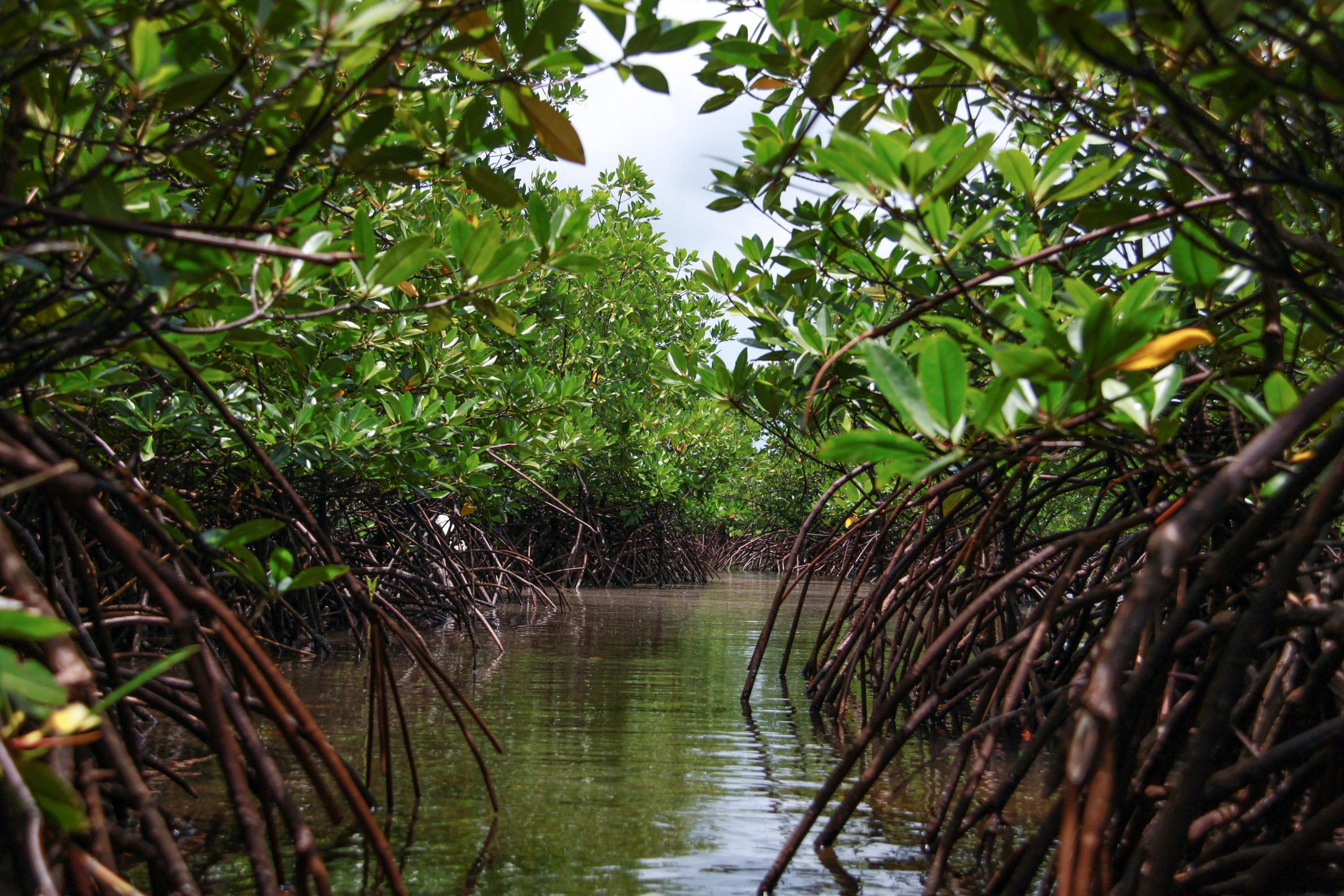Editor's note: News about conservation and the environment is made every day, but some of it can fly under the radar. In a recurring feature, Conservation News shares a recent news story that you should know about.
Worldwide, mangroves — once destroyed for agriculture and development — have seen a sharp decline in deforestation.
A new report from the Global Mangrove Alliance offers a plan to end mangrove loss entirely. It lays the steps out plainly: halt new deforestation, restore half of all recent losses and double the amount of mangroves that are officially protected.
Between 2010 and 2020, the annual rate of mangrove deforestation dropped to less than a fifth of what it was between 1996 and 2010, Caitlin Cooper wrote in Mongabay. Currently, more than 42 percent of the world’s mangroves are considered protected, an increase of 17 percent since 2012, according to UNESCO numbers.
Once underappreciated, mangroves are having a moment. Efforts to conserve these heroes of the environment are gaining momentum: At the COP27 U.N. climate talks that wrapped up recently in Egypt, the Global Mangrove Alliance, co-founded by Conservation International, launched a new initiative to restore and protect 15 million hectares (37 million acres) of mangroves globally through 2030. The initiative, known as the Mangrove Breakthrough, seeks to drive public, philanthropic and private finance to mangrove conservation through a $4 billion investment.
But when it comes to conserving mangrove forests one size doesn’t fit all, the report says. Restoring lost mangroves requires a plan tailored to each ecosystem and the respective threats it’s facing. Some degraded areas, like those developed for agriculture or aquaculture, are too far gone to be restored at all, the report says.
While restoring a terrestrial forest generally entails replanting trees that have been cut down, mangrove forests are more dynamic. Restoring them can prove challenging — requiring not only replanting but also reinstating tidal conditions by maintaining water flow in canals that bring nutrients and keep salinity levels in check.
Encouragingly, projects that take tidal conditions into account have proven to be successful for natural mangrove growth. One example is in the Puntarenas Estuary, on Costa Rica’s Pacific coast, where community members have dug out or rehabilitated over 5,000 meters (3 miles) of channels to restore waterflow to the mangrove forest.
The project, supported by Conservation International, is the largest mangrove restoration project in Costa Rica — and home to seven mangrove species spanning nearly 3,400 hectares (8,300 acres).
Read the full story from Mongabay here.
Emma Cummings-Krueger is the media relations writer at Conservation International. Want to read more stories like this? Sign up for email updates. Also, please consider supporting our critical work.
